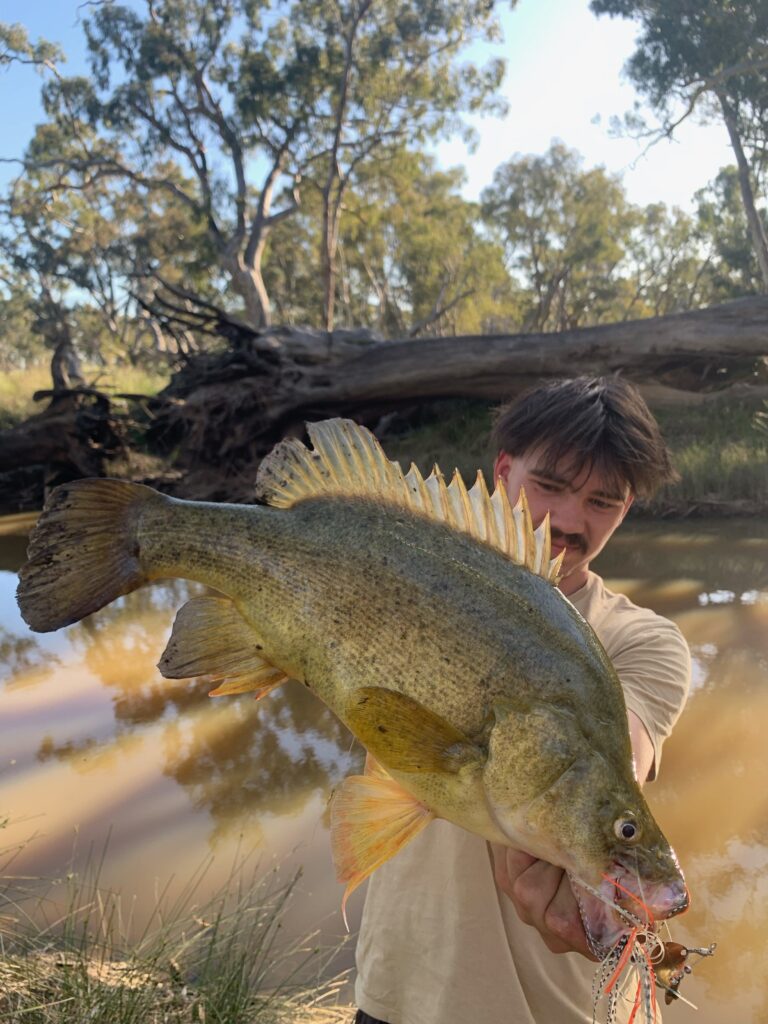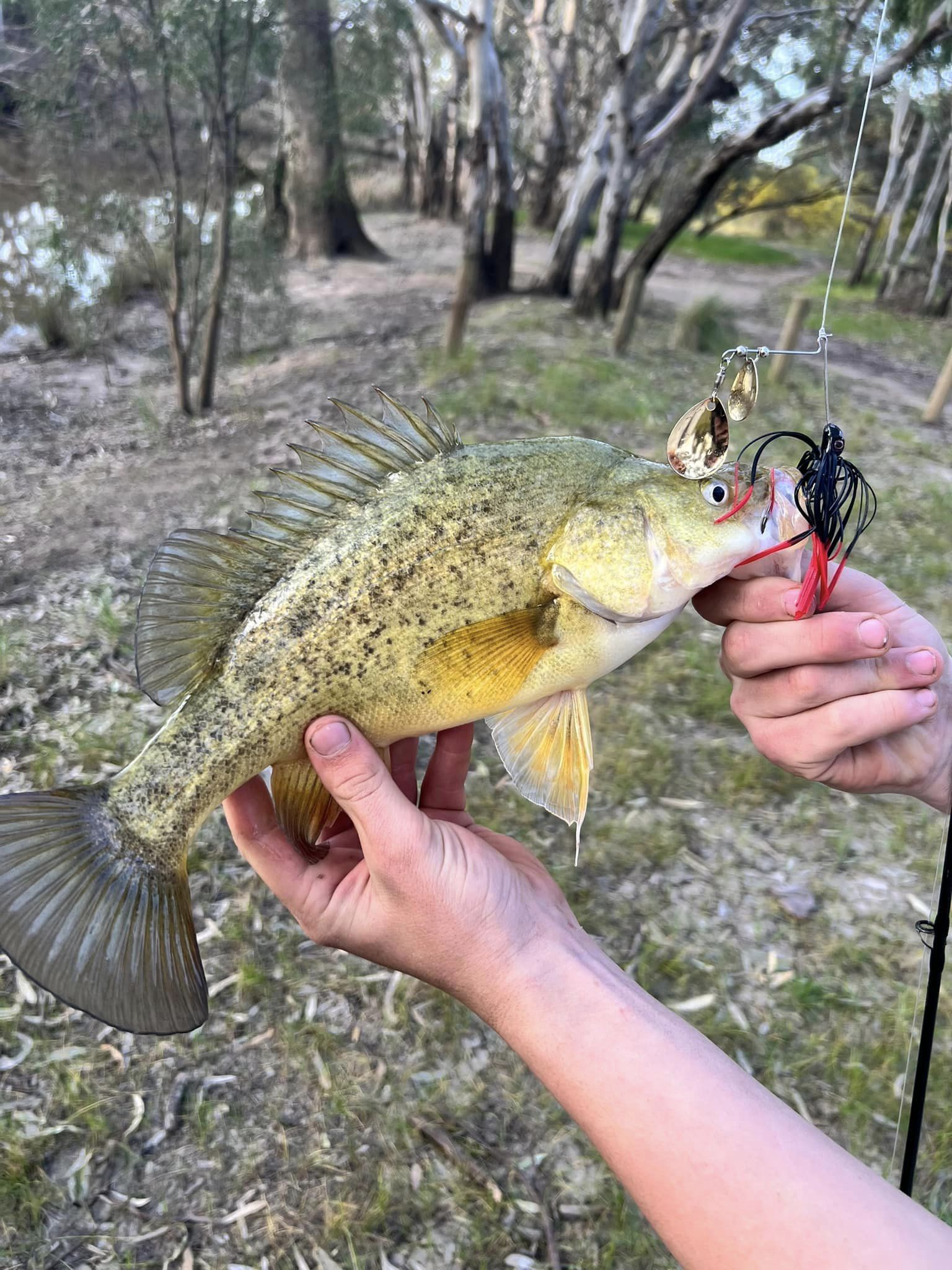FISHING FOR INFO: Yellowbelly research
Upload your fish details to FISHING FOR INFO
Wimmera Catchment Management Authority is calling on the community to participate in a research project involving a popular native fish – Yellowbelly.
Wimmera CMA is inviting Wimmera River users visiting areas around Horsham, Dimboola and Jeparit weirs to become citizen-science monitors over the next few weeks.
The CMA is specifically encouraging anglers who catch Yellowbelly to take note if any of their catches contain eggs or the seminal fluid, milt. It is encouraging anyone else spending time in the area to note general signs of fish spawning or fish aggregation.
“The Wimmera River is home for a wide range of freshwater fish and Wimmera CMA appreciates community support to help fill some knowledge gaps. Fish play important environmental and recreational roles in Wimmera waterways and there is always a need to build understanding about their lifecycle in our region.” Wimmera CMA chief executive Dave Brennan
Yellowbelly, also known as Golden Perch or Callop, are sought-after by anglers and the subject of widespread stocking programs across south-eastern Australia.


In November 2021, there was Yellowbelly spawning activity in the Wimmera River just below Horsham weir after spring rains in the upper catchment delivered a pulse of water over a four-day duration.
An annual Native Fish Report Card monitoring survey in April 2022 detected higher numbers of juvenile Yellowbelly, indicating a successful breeding event. This was an unusual occurrence because Yellowbelly are not known to breed in the Wimmera River.
The CMA’s research will explore the use of water for the environment to mimic these environmental conditions.
CMA staff have been monitoring water temperatures and are planning a delivery of 150 megalitres (ML) a day of water for the environment from Taylors Lake between November 9 and 15. The flow will then reduce to 20ML a day. The delivery will depend on water temperatures warming up to the right level.
Wimmera CMA is inviting people to provide photographs and information about what they see via an easy online form using their mobile phones. They will display QR codes on signs, posters, and the media under the title FISHING FOR INFO.
If mobile access is unavailable on site or people see something interesting when they take their fish home – such as the presence of eggs and milt – they can go direct to FISHING FOR INFO.
“We had planned to pursue this research in spring last year, but the wet spring and flooding conditions prevented this from occurring,” Mr Brennan said.
“If we can replicate the conditions that stimulate these fish to breed naturally, it will be a game changer locally for fish breeding, how we use water for the environment and the promotion of angling opportunities in the river.”
Mr Brennan said the release of water might impact some users below Horsham weir for two to three days with water levels potentially inundating one of the walking tracks. He added that weather and river conditions might also influence progress of the research and encouraged people to follow Wimmera CMA’s social media accounts for updates.




